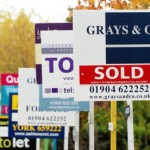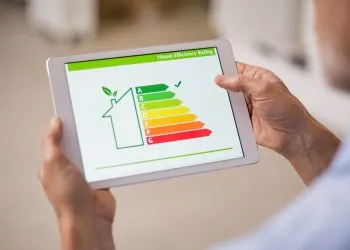After the inflation-busting property boom since the credit crunch, house price growth is set to come to a standstill next year, new research has found. According to the estate agent Savills, the vote to leave the EU will result in house prices remaining flat over the next year and growing just 2% in 2018 before the […]
 After the inflation-busting property boom since the credit crunch, house price growth is set to come to a standstill next year, new research has found.
After the inflation-busting property boom since the credit crunch, house price growth is set to come to a standstill next year, new research has found.
According to the estate agent Savills, the vote to leave the EU will result in house prices remaining flat over the next year and growing just 2% in 2018 before the market recovers in 2019.
House price growth will slow to a halt in London, the South East and the East Midlands, while prices in the West Midlands, the North of England, Wales and Scotland are expected to fall.
Lucian Cook, Savills UK head of residential research, said: “There is no precedent for the current market and the Brexit vote makes forecasting more challenging than perhaps ever before.
“The effect of Brexit is complicating a natural shift towards the later stages of the housing market cycle, when the strongest growth is seen beyond London and the South East. What is clear is that the housing market does not like political and economic uncertainty and this points to a lower growth, lower transaction market across the board.”
Theresa May has confirmed that Article 50 will be triggered before the end of March 2017. With negotiations to leave the EU expected to take two years, buyers will be reluctant or unable to stretch their borrowing, so there will be little or no capacity for house price growth, Savills said.
However, once negotiations are over improved consumer confidence will help boost house price growth from 2019 onwards.
Savills predicts UK house prices will rise 13.1% over the next five years, with the largest gains in the East of England, where house prices will increase by 18.7%. The South East will see house prices go up 17%, while in London values will rise by 10.9%.
Reduced buy-to-let lending will also constrain investor activity as rental demand rises, meaning that rental growth will outpace house price growth.
Cook said first-time buyers will face further challenges in raising a deposit and numbers are expected to fall 15% to 275,000 in 2018.
Tougher lending criteria will also constrain mortgaged home owners looking to trade up, while cash buyer numbers, currently 35% of the market, may be put off by increased stamp duty.
Increases in stamp duty and next year’s reduction in mortgage tax relief will also hit the buy-to-let market hard.
Buy-to-let transactions are expected to fall from 120,000 to 90,000 in 2021, and hit a low of 80,000 in 2018, suppressing levels of new private rented stock brought to the market.
According to the latest Nationwide House Price Index, house price growth remained unchanged on a monthly basis, compared to a 0.3% rise in September.
As a result, the annual rate of house price growth fell from 5.3% to 4.6%, while the average price of a home fell from £206,015 to £205,904.














